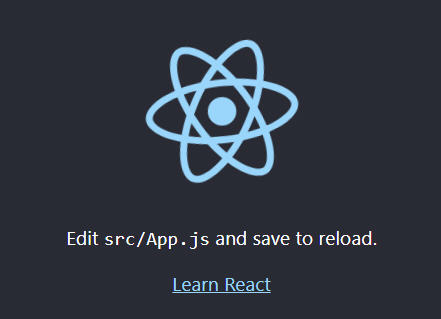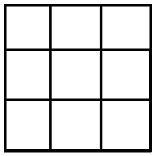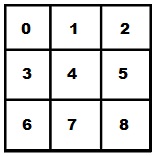React - An Overview
What is React?
React is a declarative, efficient, and flexible JavaScript library
for building user interfaces.
It lets you compose complex UIs from small and isolated pieces
of code called “components”.
React has a few different kinds of components, first we'll go with
React.Component
You can find an MDN Tutorial Document on React
Here
that may be useful.
Extracts from this are used below...
You can also take a look at w3Schools offering and follow their
React Tutorial (also listed in next pane, Set-up Environment)
To create a REACT/NODE.JS set-up using Visual Studio 2019 take a look at the Microsoft Document.
NOTE
When following this document to create a Project in Visual Studio 2019, and installing the NPM Packages it says you can also just add/create the list of dependencies in to the package.json file.
The dependencies to add are as follows (you can cut & paste it in):-
"dependencies": {
"express": "^4.17.1",
"path": "^0.12.7",
"react": "^17.0.2",
"react-dom": "^17.0.2",
"ts-loader": "^9.2.5",
"typescript": "^4.3.5",
"webpack": "^5.51.1",
"webpack-cli": "^4.8.0"
}
So a package.json file may look like this...
{
"name": "jamming",
"version": "0.0.0",
"description": "Jamming",
"main": "server.js",
"author": {
"name": ""
},
"dependencies": {
"express": "^4.17.1",
"path": "^0.12.7",
"react": "^17.0.2",
"react-dom": "^17.0.2",
"ts-loader": "^9.2.5",
"typescript": "^4.3.5",
"webpack": "^5.51.1",
"webpack-cli": "^4.8.0"
}
}
The name of the project that this was taken from was called Jamming Set-up Environment
In order to learn and test React, you should set up a React Environment on your computer.
The create-react-app is an officially supported way to create React applications.
If you have NPM and Node.js installed, you can create a React application by first
installing the create-react-app.
Install create-react-app by running this command in your terminal:
D:\YourDirectoryToWorkFrom npm install -g create-react-app
When done you can create a React application (named myTestReact)...
D:\YourDirectoryToWorkFrom npx create-react-app mytestreact
It does not like CAPITAL letters in the name (mytestreact NOT MyTestReact).
Then you can log into the folder mytestreact
cd mytestreact
Then to start the React application for your mytestreact do this...
D:\YourDirectoryToWorkFrom npm start
It will open a tab in your browser (it may take a moment)

The above will result in a new directory inside your chosen directory, eg...
D:\YourDirectoryToWorkFrom\mytestreact\src
I created this in my d:\ReactDirectories\CreateReactApp directory.

